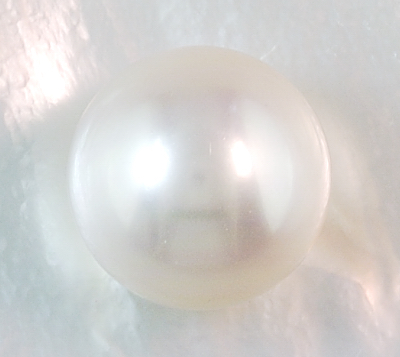 Christ called us to live in a way that reflected the truth within us: the truth of Christ.
Christ called us to live in a way that reflected the truth within us: the truth of Christ.How then, does our art communicate something of this truth? Perhaps it begins by making work that is rooted in authenticity. By that, I mean art that is honest, sincere and points to the truth.
The dictionary definition of authentic is that which is “genuine and original, as opposed to something that is a fake or reproduction.” Art that moves beyond Air Guitar mimicry will always seek to be authentic. We might be inspired by or reference greater artists, even imitate but always as an act of tribute and not one of mere copying or plagiarism.
 An authentic artist seeks to point to the truth. When Christ explained what the Kingdom of God was like to his followers he chose to do so in the form of a story. “The kingdom of God is like a pearl”, he said or “the kingdom of God is like a net” elsewhere.
An authentic artist seeks to point to the truth. When Christ explained what the Kingdom of God was like to his followers he chose to do so in the form of a story. “The kingdom of God is like a pearl”, he said or “the kingdom of God is like a net” elsewhere.These stories were artistic keys that unlocked a door to understanding something infinitely more difficult to understand yet true. His storytelling art was an authentic use revelation of a greater reality. Was Jesus telling lies when he told such parables? Was he tricking his audience or posing riddles to confuse? Of course not.
Like the actor who tells a story through someone else’s eyes or the painter who constructs a visual myth, the stories of Jesus were as compulsive as they were revelational. Christ’s followers kept coming back for another listen. Even the disciples asked, “Teacher, what did that mean?” "Tell us more."
In the same way, our art can stimulate the same intrigue over matters of truth. Rather than spoon-feeding reality to our audience we can engage, get under the skin, cause the audience to come back for more and ask, "What does this mean? Tell us more." All the while pointing to a greater reality found in Christ. This is authentic art.

No comments:
Post a Comment